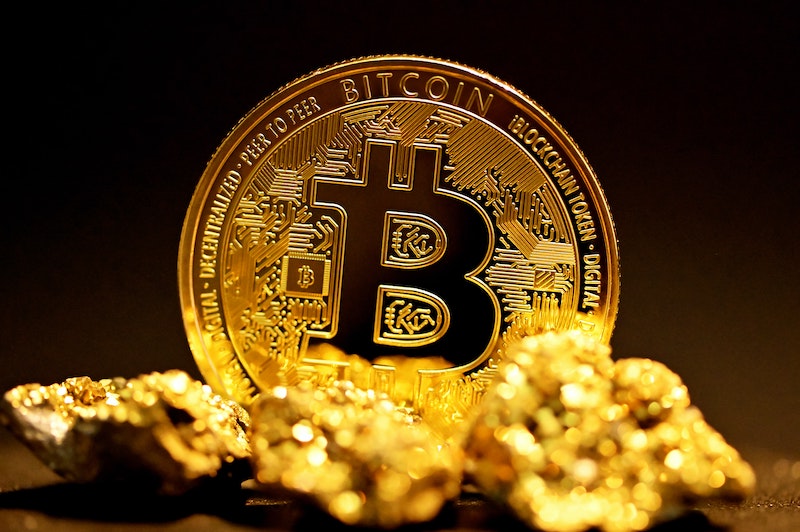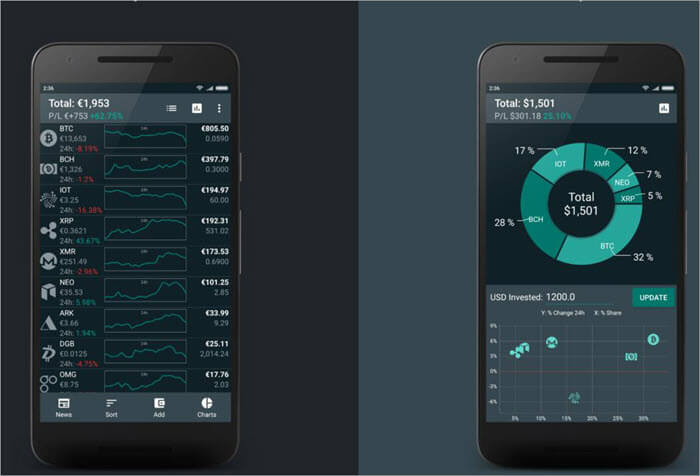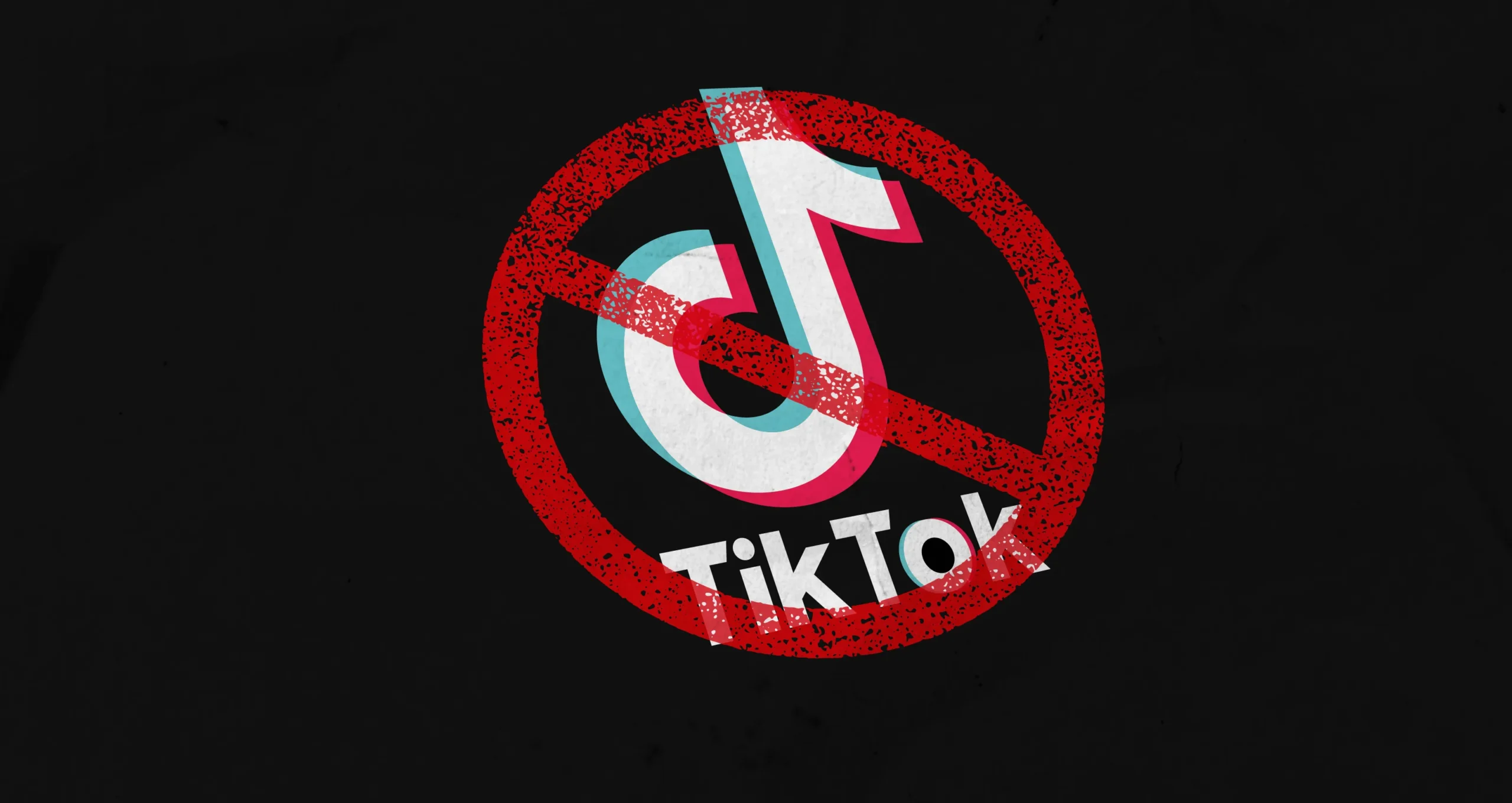The price of Bitcoin, the world’s first and most well-known cryptocurrency, has been a topic of immense interest and speculation since its inception. As a digital currency that operates without the need for intermediaries like banks, its value has experienced dramatic fluctuations over the years.
Bitcoin is a decentralized digital currency that operates without the need for a central authority or intermediary. It is one of the most popular and volatile cryptocurrencies in the world, attracting investors, traders, and enthusiasts alike.
Bitcoin’s price history is a fascinating story of innovation, adoption, challenges, and opportunities.
Bitcoin was created in 2009 by an anonymous person or group using the pseudonym Satoshi Nakamoto. The first recorded price of Bitcoin was $0.00099 per coin in October 2009, when a user bought 5,050 BTC for $5.02 through PayPal on the New Liberty Standard Exchange.
Since then, Bitcoin has experienced many highs and lows, reaching a peak of nearly $65,000 in April 2021 and a low of below $1 in 2011.
Read Also: Bitcoin Since Its Inception In The World Of Trade
Factors that have influenced Bitcoin’s price over the years include:
Supply And Demand: Bitcoin has a fixed supply of 21 million coins that are released gradually through a process called mining.
As more people want to buy and use Bitcoin, the price tends to increase. Conversely, when there is less demand or more selling pressure, the price tends to decrease.
Halving Events: Every four years, the reward for mining new blocks of Bitcoin is cut in half, reducing the rate of new coin creation. This creates a scarcity effect that can boost the price of Bitcoin as the supply becomes more limited.
The most recent halving event occurred in May 2020, when the reward dropped from 12.5 to 6.25 BTC per block.
Innovation And Adoption: Bitcoin is constantly evolving and improving through the efforts of its developers and community. New features and upgrades can enhance the security, scalability, and usability of Bitcoin, making it more attractive and valuable to users.
Additionally, as more businesses, institutions, and governments accept and support Bitcoin as a legitimate form of payment and asset, the price can benefit from increased legitimacy and demand.
Challenges And Opportunities: Bitcoin also faces many challenges and opportunities in its journey to become a global currency.
Some of the challenges include regulatory uncertainty, hacking attacks, technical glitches, competition from other cryptocurrencies, and environmental concerns.
Some of the opportunities include increased awareness, education, innovation, integration, and adoption.
Read Also: Tech Layoffs; List Of 2023 Tech Layoffs
Current Bitcoin Price
As of August 26th, 2023, one Bitcoin is worth $26,043.82 USD according to Yahoo Finance. This represents a slight decrease from the previous day’s closing price of $26,162.37 USD according to Google Finance.
However, it also represents a significant increase from the beginning of the year when one Bitcoin was worth around $7,000 USD.
Bitcoin Price History Since Inception
Bitcoin is the first and most popular cryptocurrency, which was created in 2009 by an anonymous person or group using the pseudonym Satoshi Nakamoto. Bitcoin is a decentralized digital currency that can be sent and received over a peer-to-peer network without the need for intermediaries or central authorities. Bitcoin transactions are recorded in a public ledger called the blockchain, which ensures their validity and security.
Bitcoin trading price refers to the exchange rate of Bitcoin to other currencies, such as the US dollar (USD), the euro (EUR), or the Japanese yen (JPY). Bitcoin trading price is determined by the supply and demand of Bitcoin in the market, as well as various factors such as news, events, regulations, innovations, and sentiment. Bitcoin trading price is volatile and can change rapidly and unpredictably.
According to the web search results, Bitcoin trading price has experienced a remarkable history since its inception. Here are some of the major milestones and trends of Bitcoin trading price over the years:
In 2009, Bitcoin was launched and had no official trading price. The first recorded price was $0.00099/BTC in October 2009, when a user bought 5,050 BTC for $5.02 through PayPal.
In 2010, Bitcoin trading price rose from less than $1 to $0.39/BTC by the end of the year. The most famous transaction in this year was when a user bought two pizzas for 10,000 BTC on May 22, which is now celebrated as Bitcoin Pizza Day.
In 2011, Bitcoin trading price surged from $0.39 to $31.91/BTC in June, reaching its first peak. However, it then crashed to $2.01/BTC in November, due to hacking incidents, legal issues, and market fluctuations.
In 2012, Bitcoin trading price recovered from its crash and ended the year at $13.51/BTC. This year also saw the first Bitcoin halving event, which reduced the block reward from 50 BTC to 25 BTC per block.
In 2013, Bitcoin trading price reached new highs and lows, ranging from $13.51 to $1,163.00/BTC. This year was marked by the rise and fall of Mt. Gox, the largest Bitcoin exchange at the time, which was hacked and eventually shut down.
In 2014, Bitcoin trading price declined from $770.44 to $320.19/BTC, as the aftermath of Mt. Gox and other negative events affected the market confidence and adoption.
In 2015, Bitcoin trading price stabilized and increased slightly from $320.19 to $430.05/BTC. This year also saw the launch of several innovative projects and platforms that expanded the use cases and value of Bitcoin.
In 2016, Bitcoin trading price rose from $430.05 to $963.66/BTC, as the second Bitcoin halving event reduced the block reward to 12.5 BTC per block. This year also witnessed the emergence of more regulatory frameworks and institutional interest in Bitcoin.
In 2017, Bitcoin trading price skyrocketed from $963.66 to $14,156.40/BTC, reaching its highest peak until then. This year was driven by the increasing mainstream awareness and adoption of Bitcoin, as well as the introduction of Bitcoin futures contracts by CME Group and CBOE Global Markets.
In 2018, Bitcoin trading price plummeted from $14,156.40 to $3,747.61/BTC, as the market experienced a severe correction and bearish trend. This year was affected by several challenges such as security breaches, regulatory uncertainty, technical issues, and competition from other cryptocurrencies.
In 2019, Bitcoin trading price recovered from its low and ended the year at $7,179.96/BTC. This year saw some positive developments such as the launch of Bakkt’s physically settled Bitcoin futures contracts, the growth of the Lightning Network for faster and cheaper transactions, and the increased adoption of Bitcoin by retailers and institutions.
In 2020, Bitcoin trading price surged from $7,179.96 to $28,992.61/BTC, breaking its previous record and reaching new heights. This year was influenced by the global COVID-19 pandemic, which boosted the demand for digital and alternative assets. This year also saw the third Bitcoin halving event, which reduced the block reward to 6.25 BTC per block, as well as the increased involvement of prominent investors and companies such as MicroStrategy, Square, PayPal, and Grayscale in Bitcoin.
In 2021 (as of October 22), Bitcoin trading price has ranged from $28,992.61 to $68,991/BTC, setting new all-time highs along the way. This year has been marked by the growing institutional and retail adoption of Bitcoin, as well as the innovation and diversification of the Bitcoin ecosystem. Some of the notable events in this year include the launch of the first Bitcoin exchange-traded fund (ETF) in Canada, the adoption of Bitcoin as legal tender in El Salvador, and the introduction of Taproot, a major upgrade that improves the privacy and scalability of Bitcoin.
In 2022 (as of October 22), Bitcoin trading price has ranged from $26,011.47 to $30,287.48/BTC2, showing a slight decline from its peak in 2021. This year has been affected by some challenges such as regulatory pressure, environmental concerns, market volatility, and competition from other cryptocurrencies. However, this year has also witnessed some positive signs such as the approval of the first Bitcoin futures ETF in the US, the expansion of Bitcoin adoption in emerging markets, and the continued innovation and development of the Bitcoin network.







